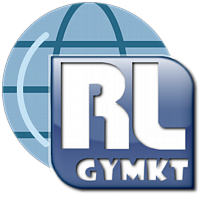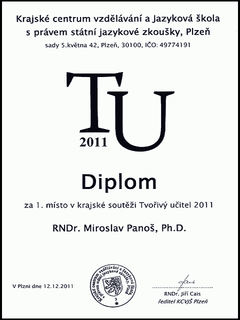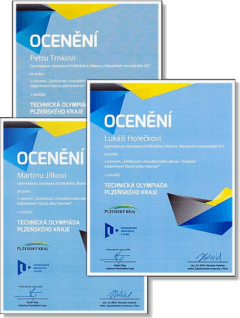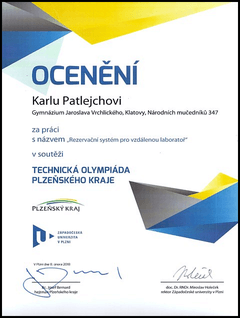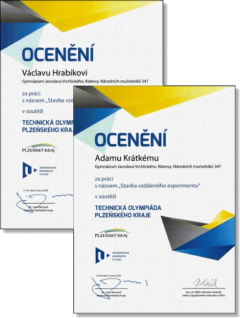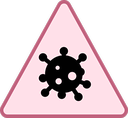Remote Internet Lab of GymKT
How did it all start?
Since the year 2000, we have felt that the Internet has quite a strong educational potential. So we started to create a physics website to collect available educational materials for students and teachers. This site, called "Fyzikální kabinet GymKT" (now called FyzKAB), developed both in content and technical aspects over the next ten years.
At the height of its popularity, the site was attracting nearly a hundred thousand visitors a year! And for a physics site originally designed to serve the needs of a local high school, this was truly impressive.
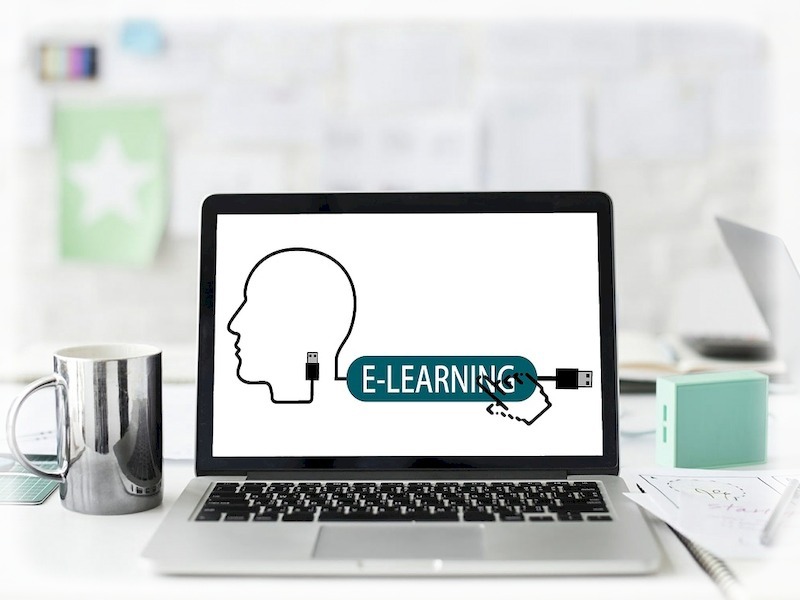
However, the mere publication of "static" information proved insufficient for modern teaching. This was not changed by any attempts to create animated educational presentations or by attempts to create educational videos. A certain intermediate stage of our online efforts was the period of so-called online simulations. This was inspired by the interactive simulations of our German colleague Walter Fendt, whose sites of interactive online simulations in mathematics, physics and astronomy are truly phenomenal!
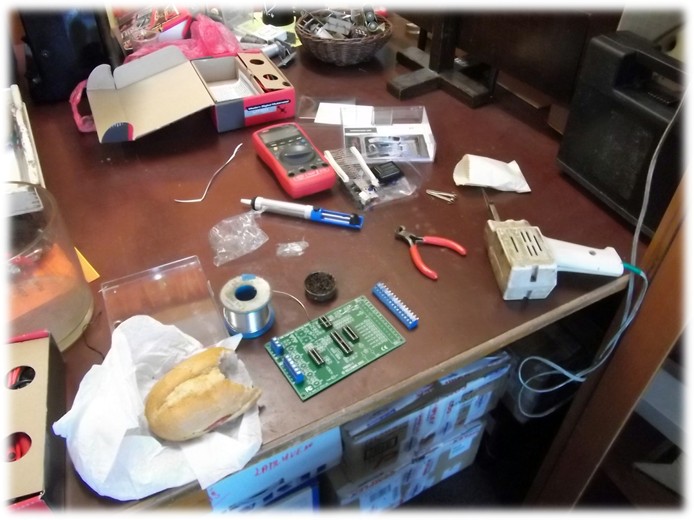
However, we were still attracted by the idea of using the Internet to remotely control a real physics experiment, where the measurements are made on real equipment, and where the obtained measurement result is the result of a real experiment. The necessary connection between the experimenter and the physical reality is provided by a computer with an Internet connection. The combination of physics, electronics and computers inspired us to create the first remote experiment.
The concept of the first task – Temperature Dependence of Resistance of Metals and Semiconductors – was designed as a part of the final thesis of the DVPP-RIF 3 study at the Technical University of Liberec. The implementation of the remote experiment and the whole environment of the remote laboratory took place at the J. Vrchlicky grammar school in Klatovy, fully directed (and financed) by its creator.
The laboratory became the first high school remote Internet laboratory in the Pilsen region and the first high school laboratory in the Czech Republic after its launch (April 12, 2011, 7:44 AM).
The purpose of the laboratory is not only to support practical physics teaching, but also to gain experience in the operation of a remote Internet laboratory. Due to the attractiveness of this topic we expect to create new tasks in the future. Based on the experience of building and operating the experiments of the remote laboratory, we intend to create further tasks either as student projects or as Students' Professional Activities (SPA).
An interactive panoramic view of the physics part of the lab experiments
On the other hand, no one can imagine what a nightmare it is to keep the remote lab running all the time. It's not so hard to create a remote task as it is to keep it up and running. The time of the coronavirus pandemic, and remote learning in particular, was a stress test. Remote experiments suddenly became almost the only (globally) meaningful way to do physics experiments in the classroom. But that's another part of the remote lab story…
We will therefore be very grateful for all your comments and insights!
Awards Received
The laboratory continues to receive various awards (after a successful defense of the final work of the DVPP-RIF 3 study, within which the first task of the laboratory was developed). The first award was the 1st prize in the competition "Creative Teacher 2011" in the category "Learning tool" and in 2014 the award of the Pilsen Region: "Successful Teacher 2014".
The next successes were characterized by the creativity of our students. The design and construction of the experiment "Load characteristic of the source" was awarded in the student competition "Technical Olympics of the Pilsen Region 2015". Two years later (2017) two teams were awarded in the same competition – development of a booking system for remote experiments and construction of a new experiment "Study of diffraction phenomena".
